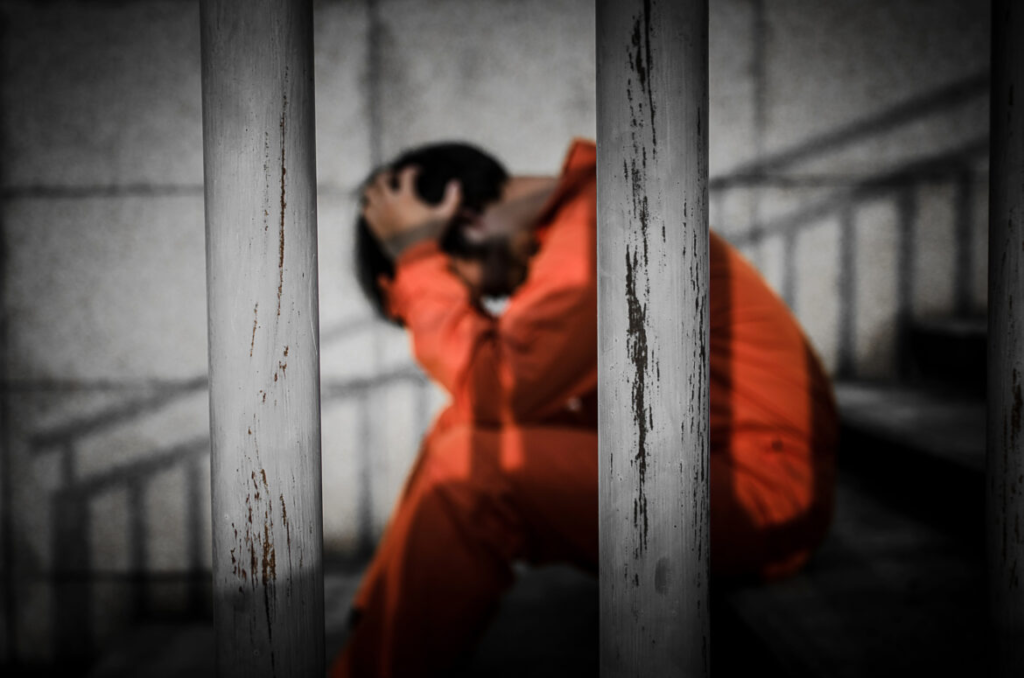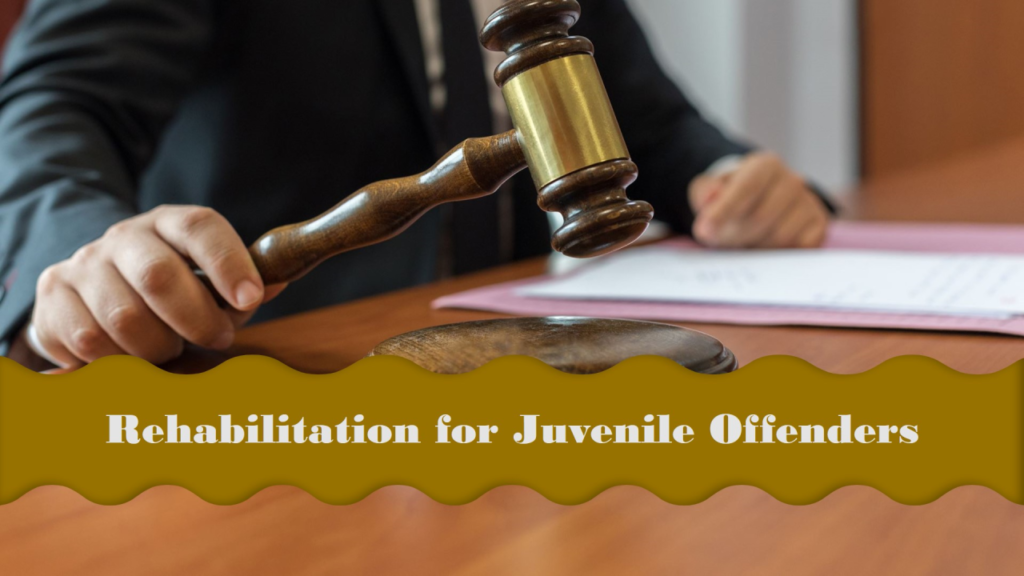Across the United States, a quiet revolution is reshaping the juvenile justice system. Rehabilitation States are moving away from long detention sentences for young offenders, choosing instead to invest in rehabilitation programs that aim to guide youth back onto a positive path. This shift reflects a growing belief that young people, with the right support, can change and thrive. However, as urban areas report spikes in youth crime, critics argue that lighter sentences could jeopardize public safety. This tension—between reforming young lives and ensuring community security—is sparking a nationwide debate.

A New Approach to Juvenile Justice
For decades, the juvenile justice system leaned heavily on detention to address youth crime. Facilities, often resembling adult prisons, housed thousands of young people, sometimes for minor offenses like truancy or theft. But recent data paints a different picture of what works. Between 2000 and 2022, youth incarceration dropped by 75%, with the number of youths held in juvenile facilities falling from 108,800 to 27,600 on a typical day. This decline stems not only from fewer arrests but also from a deliberate shift toward alternatives to lockup.
States like Connecticut, Arizona, and Maryland are leading the charge. In Connecticut, reforms have slashed residential commitments by nearly 70% since 2000. The state has closed detention centers and expanded community-based programs, such as family counseling and mentoring. Arizona transformed a barely used detention center into a teen community hub, offering free internet and activities to keep youth engaged. Maryland’s 2022 law bans incarceration for probation violations and most misdemeanors, prioritizing rehabilitation over punishment.
These changes are rooted in research showing that detention often does more harm than good. Studies reveal that youth in secure facilities face higher risks of rearrest and struggle with education and employment later in life. A 2022 Michigan study found that juvenile detention increased adult arrests for violent crimes by 39%. Meanwhile, community-based programs, like mentoring and mental health support, have been shown to reduce recidivism and help youth rebuild their lives.

Rehabilitation: A Path to Change
Rehabilitation programs focus on addressing the root causes of delinquent behavior, such as trauma, poverty, or mental health issues. About two-thirds of youth in detention have at least one diagnosable mental health disorder, compared to just 9-22% of the general youth population. Many have experienced violence or neglect, which can fuel risky behavior. Programs like Credible Messenger Mentoring, used in Washington, D.C., pair youth with mentors who have overcome similar challenges. These mentors offer guidance and hope, helping kids envision a different future.
Other initiatives emphasize education and skill-building. In New York City, family-engaged case planning involves parents in creating tailored goals for their children, from attending school to joining job training. Pierce County, Washington, rewards youth on probation with incentives like gift cards for meeting goals, fostering a sense of achievement. These programs aim to keep youth in their communities, where they can stay connected to family and support systems.
The cost savings are significant, too. Incarcerating one child in a high-security facility can cost states over $214,000 a year—a 44% increase since 2014. Community-based alternatives are far cheaper and often more effective. By reinvesting savings into prevention and early intervention, states hope to stop the cycle of crime before it starts.
Rising Youth Crime Sparks Concern
Despite these successes, not everyone is on board. Urban areas, particularly post-pandemic, have seen troubling spikes in youth crime. Between 2000 and 2018, only 5% of youth arrests were for violent crimes like robbery or assault. By 2020, that number rose to 8%. Cities like Chicago, Philadelphia, and Los Angeles have reported increases in carjackings, gun violence, and gang activity involving teens. Critics argue that reducing detention sentences sends a message that crime has no consequences, emboldening young offenders.
In some jurisdictions, detention numbers are creeping back up. A 2023 report from the Annie E. Casey Foundation noted that youth detention populations have returned to pre-pandemic levels in many areas, with Black youth disproportionately affected. Black teens are nearly 10 times more likely to be detained than their white peers, a gap that has widened since 2020. Critics warn that scaling back detention without addressing underlying issues like poverty and lack of opportunity could backfire.
Law enforcement officials in urban centers have voiced concerns. “We’re seeing kids as young as 13 involved in serious crimes,” said a police chief in a major East Coast city, speaking anonymously. “Rehabilitation is great, but we need stronger measures to protect communities.” Some policymakers advocate for a balanced approach, combining rehabilitation with stricter penalties for repeat or violent offenders.

Racial Disparities Remain a Challenge
One of the biggest hurdles in juvenile justice reform is addressing racial inequities. Youth of color, particularly Black and Latino teens, are overrepresented at every stage of the system—from arrest to detention. Biased decision-making, such as who gets arrested or detained pretrial, exacerbates these disparities. For example, a 2021 report found that 26% of youth referred to juvenile court were detained, with Black youth more likely to face confinement than white youth for similar offenses.
Reformers argue that community-based programs can help close this gap by offering equitable access to support. However, critics point out that these programs are often underfunded in the neighborhoods that need them most. Without addressing systemic issues like under-resourced schools and limited healthcare, rehabilitation efforts may fall short.
Stories of Success and Hope
Amid the debate, stories of transformation highlight the potential of rehabilitation. Take Marcus, a 16-year-old from Hartford, Connecticut, who was arrested for shoplifting and vandalism. Instead of detention, he was enrolled in a local mentoring program. Paired with a mentor who had been incarcerated as a teen, Marcus learned coping skills and enrolled in a job training program. Two years later, he’s a high school graduate with a part-time job. “I could’ve ended up in a cell,” Marcus says. “But someone believed I could do better, and that changed everything.”
Such stories fuel optimism among reformers. “Kids aren’t mini-adults,” says Sarah Walker, a juvenile justice researcher. “Their brains are still developing, and they’re more capable of change than we often think. We just need to give them the chance.”
Finding the Right Balance
As states continue to reduce juvenile detention, the challenge is striking a balance between rehabilitation and accountability. Experts suggest a multi-pronged approach: expand prevention programs, address racial disparities, and ensure communities have the resources to support at-risk youth. For serious offenders, some advocate for secure facilities that prioritize treatment over punishment, like Missouri’s model, which uses small, home-like settings to foster growth.
Public opinion is mixed. A 2023 poll found that 60% of Americans support rehabilitation over incarceration for nonviolent youth, but 75% want tougher consequences for violent crimes. Policymakers must navigate these concerns while staying true to the juvenile justice system’s core mission: helping young people become law-abiding adults.
Looking Ahead
The shift toward rehabilitation is a bold step, but it’s not a cure-all. Rising youth crime in urban areas underscores the need for comprehensive solutions that go beyond the justice system. Investments in schools, mental health services, and economic opportunities could prevent crime before it starts. Meanwhile, states must ensure that rehabilitation programs are accessible, well-funded, and effective.
As the debate continues, one thing is clear: the way we treat young offenders shapes not just their futures but the safety and strength of our communities. By focusing on second chances, states are betting that today’s troubled youth can become tomorrow’s success stories—if we give them the tools to get there.
Must Read :- Top 7 Unsolved Mysteries That Still Shock America





